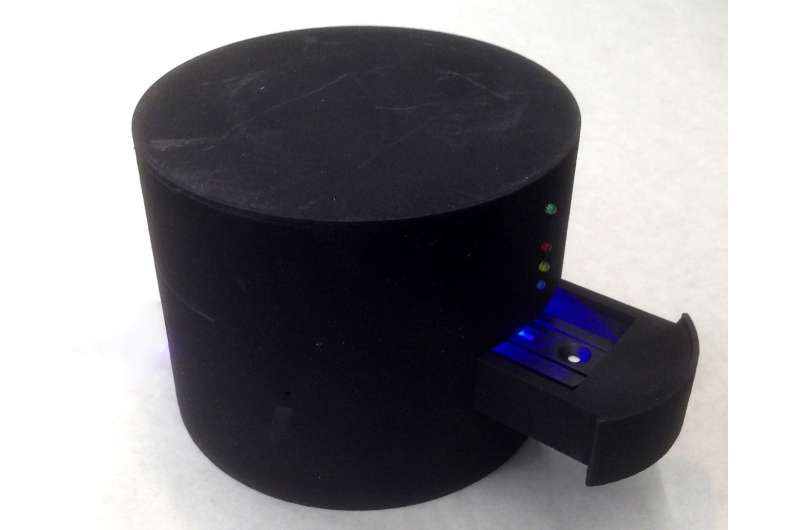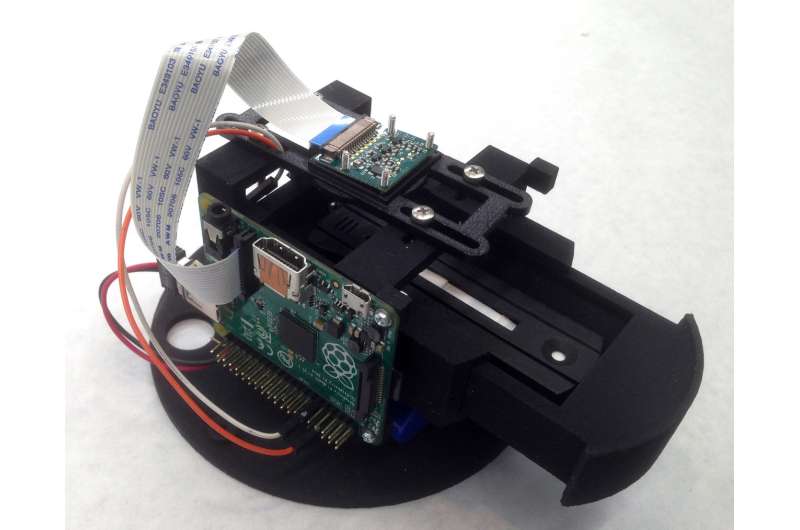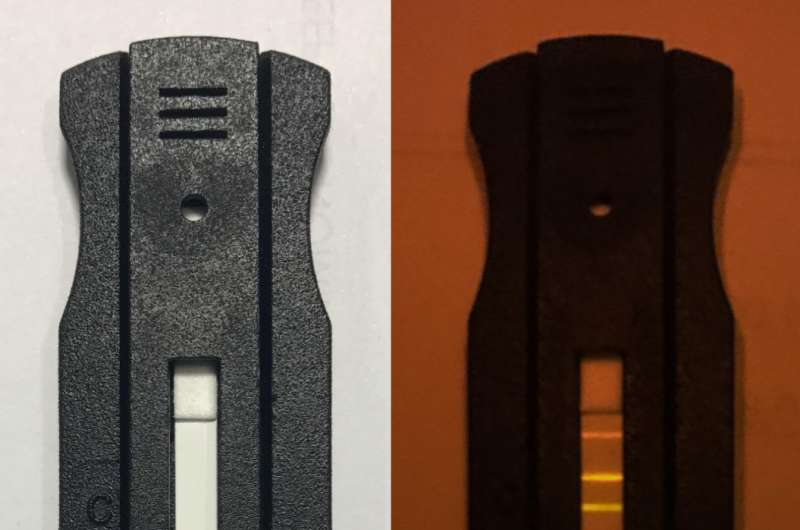Team devises rapid test for vitamin A, iron deficits

Cornell engineers and nutritionists have created a swift solution for a challenging global health problem: a low-cost, rapid test to detect iron and vitamin A deficiencies at the point of care. Their work was published Dec. 4 in the Proceedings of the National Academy of Sciences.
"Vitamin A and iron deficiency affect more than one-third of the world's population. Problems resulting from these deficiencies – such as blindness, anemia and death, particularly among children and women – are a major public health challenge," said Dr. Saurabh Mehta, associate professor of global health, epidemiology and nutrition in the Division of Nutritional Sciences, and a senior author on this new research.
"Doctors and health professionals have sought to reduce the burden of micronutrient deficiencies and their consequences, but it's difficult since we must detect them early on to have the largest impact," said Mehta. "Most developing countries don't have access to the needed, sophisticated tools to enable early diagnosis. This test has the potential to solve that."
At any given time, about 250 million preschool-age children globally are deficient in vitamin A, according to the World Health Organization. In those regions where childhood deficiencies are prevalent, pregnant women are likely vitamin A deficient and anemic, as well. Annually, up to 500,000 vitamin A-deficient children around the world become blind and about half of those children die within a year, as they become vulnerable to other diseases.

The small, portable diagnostic system about the size of a lunchbox contains a blood sample test strip, like those used by diabetics.
The group found a way to include on the test strip three types of antibodies, which bind to specific biomarkers in the individual's serum. "The sampling process is similar to picking up iron among other metals," said first author Zhengda Lu, a doctoral candidate.
The strip measures concentrations of retinol binding protein (important for eyesight), C-reactive protein (an infection indicator) and the protein ferritin (to find anemia).

The test takes just 15 minutes to complete.
"We must address the micronutrient problem at the individual level – which is a much easier task. The key to solving these micronutrient deficiency problems is early detection and early intervention," said David Erickson, the Sibley College Professor at Cornell's Sibley School of Mechanical and Aerospace Engineering, a senior author on the paper. "Having information, we can change or supplement diets, if we know who is deficient – and we are more likely to prevent complications, and keep children and women healthy."
More information: Zhengda Lu et al. Rapid diagnostic testing platform for iron and vitamin A deficiency, Proceedings of the National Academy of Sciences (2017). DOI: 10.1073/pnas.1711464114
Journal information: Proceedings of the National Academy of Sciences
Provided by Cornell University



















